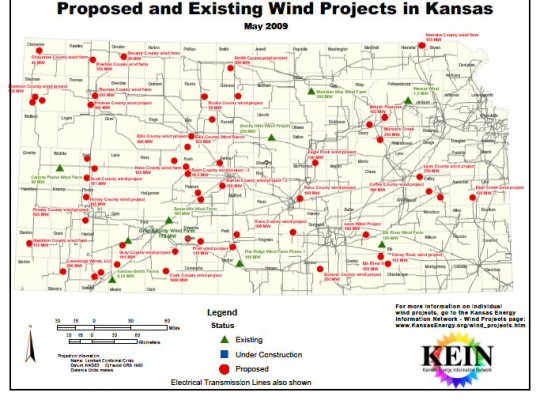Leonidas
Thinks s/he gets paid by the post
Also, I'm not sure if you are talking about the maximum density of the windmills ( 1 per .75 acres), or the land that one uses. In the ref, he is talking about trying to get a large % of power from wind, which means you need to space them as closely as possible. At some point, they start to interfere with each other and the output diminishes. That is different than saying one can be placed on .75 acres (or maybe they *are* the same, but I can't tell from your wording).
Here's a Google satellite view of one of the wind farms in Pecos County (just northwest of Fort Stockton). bakersfield, texas - Google Maps
They're in rows along the roads there (zoom in and look at the shadows to make out where the turbines are placed) about 600-700 feet apart. Not placed in depth like a field though. But if you drive down I-10 back to the east you will see trucks hauling blades, towers and generators toward Pecos County, so I think eventually they may place them in depth. I don't know if all of them are going to Pecos County, but it averages several complete windmills each day. As is, I would say if you drew a square box around each unit the area would be larger than an acre.
Fun note - grab the right edge of the screen with the hand tool and drag it to the left twice, and you're looking at the Yates Oil Field just outside of Iraan (pronounced Ira-Ann). It is one of the larger oil fields ever - a billion barrels of oil produced by 1985, and it still brings in 27 million bbls of oil and 56 million c.f. of gas annually. Oilfield History, The Yates Oil Field Near Iraan In West Texas


 < from the cat lovers
< from the cat lovers 
